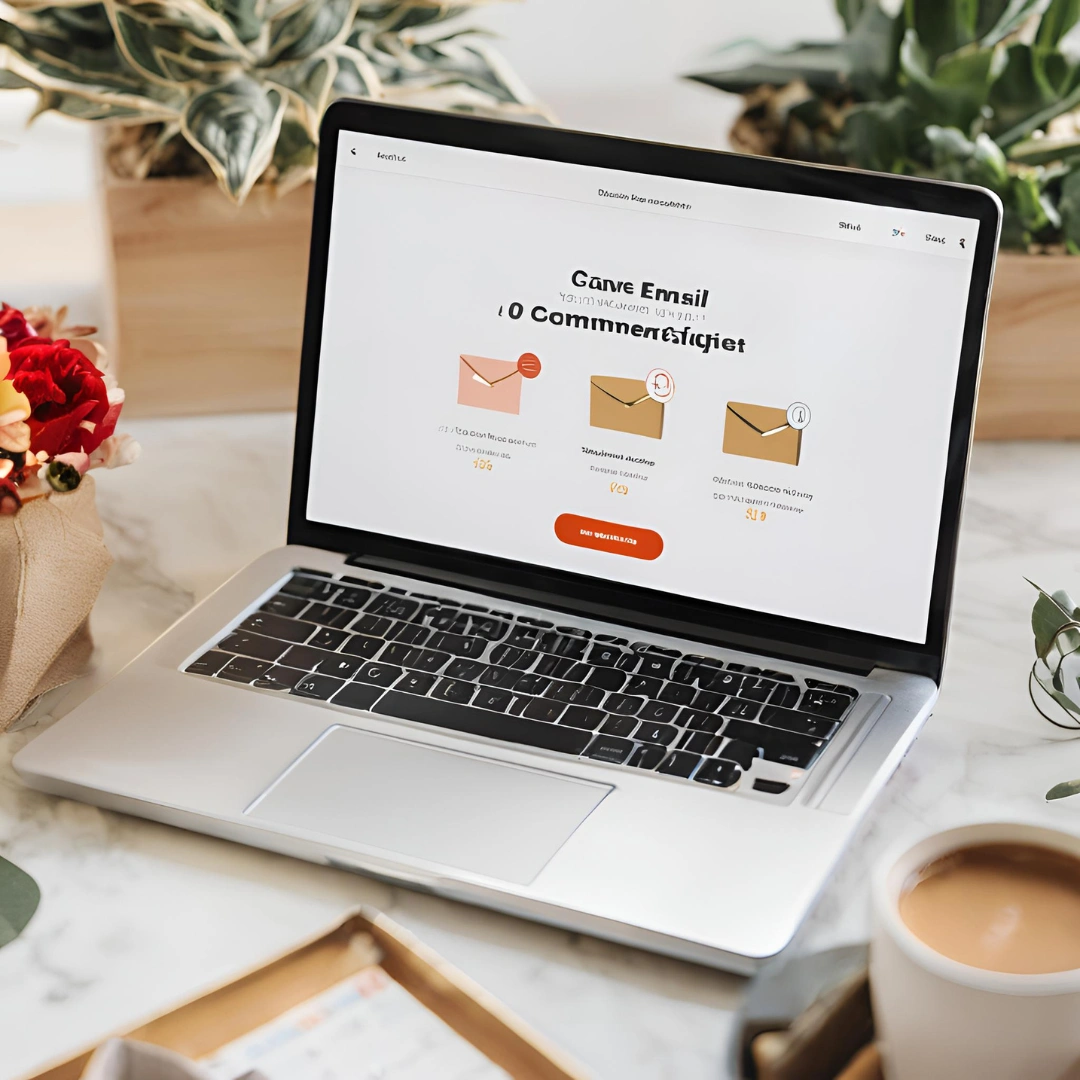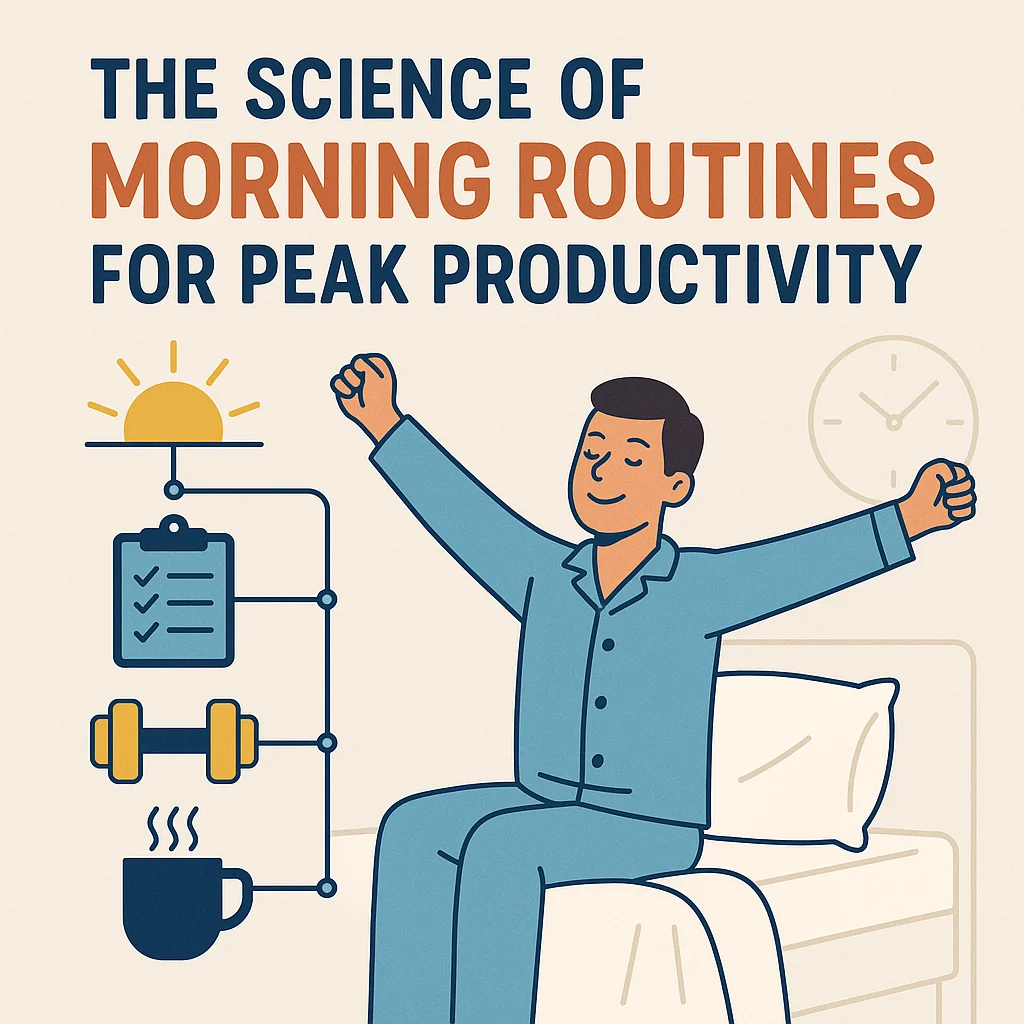Email marketing is a potent instrument for organizations in diverse sectors, and its significance is even greater in the realm of e-commerce. This detailed guide will examine the intricacies of e-commerce email marketing, including its advantages, tactics, and proven techniques. We will explore the diverse forms of email campaigns, methods for constructing and segmenting your email database, strategies for crafting captivating content, and approaches for gauging the success of your initiatives.
The Benefits of E-commerce Email Marketing
Direct Communication with Customers
Email marketing establishes a direct connection between online businesses and their clientele. In contrast with social media or search engines, where content can easily get overlooked, emails reach customers' inboxes directly. This direct line of communication enables more customized and focused messaging.
Cost-Effective Marketing
Electronic communication campaigns are among the most economical promotional approaches accessible. Dispatching messages electronically incurs modest expenses, enabling enterprises to obtain considerable financial benefits. Research by the Direct Marketing Association reveals that email advertising generates an average return of $42 for every dollar invested.
High Engagement and Conversion Rates
Emails boast stronger audience engagement and sales outcomes than other online marketing methods. Carefully tailored, personalized emails grab the reader's interest, resulting in more emails being opened, links being clicked, and eventual purchases. Online retailers can leverage email marketing to drive visitors to their website, showcase their offerings, and spur customers to make purchases.
Measurable Results
Email marketing gives robust analytics and monitoring features. Firms can measure crucial performance metrics like open rates, click-through rates, conversion rates, and unsubscribe rates. This data offers valuable insights into the effectiveness of email campaigns, allowing businesses to refine their strategies for improved outcomes.
Building and Segmenting Your Email List
Building Your Email List
A successful email marketing campaign starts with a high-quality email list. Here are some strategies to build and grow your email list:
-
Sign-up Forms: Showcase registration options across your digital platforms - your website, blog, and social media accounts. Ensure these sign-up forms are conveniently located and straightforward for users to complete.
-
Incentives: Provide special offers like reduced prices, no-cost delivery, or members-only materials to motivate website users to sign up for your email updates.
-
Content Upgrades: Offer useful digital downloads, like ebooks, manuals, or checklists, as incentives for visitors to share their email contacts.
-
Pop-ups: Leverage strategic website overlays to gather contact information from your audience. Craft visually appealing pop-ups that seamlessly integrate with your site's user experience, avoiding any disruptive elements.
-
Contests and Giveaways: Organize promotional competitions and free gifts that urge participants to share their email information in order to participate.
Segmenting Your Email List
Segmenting your email list is crucial for delivering personalized and relevant content to your subscribers. Here are some common ways to segment your email list:
-
Demographics: Organize your customer data by distinct groups like age, gender, residence, and financial status. This will help you tailor your offerings and messaging to match the unique needs and preferences of each audience segment.
-
Behavior: Tailor your marketing approach by examining users' purchasing patterns, web navigation habits, and their responsiveness to prior communications. Segment your audience based on these behavioral insights to deliver personalized experiences that resonate with each customer's unique preferences and needs.
-
Preferences: Empower your subscribers by letting them customize their experience. Give them the flexibility to select the content they find most valuable and decide how often they receive updates from you. This personalized approach ensures your communications align with their unique interests and needs.
-
Lifecycle Stage: Organize your audience into distinct groups based on their level of engagement with your business. Categorize them as new sign-ups, loyal patrons, or dormant users. This will help you tailor your approach and messages to best resonate with each segment.
Creating Compelling Email Content
Crafting the Perfect Subject Line
The subject line is the first thing recipients see, and it plays a crucial role in determining whether they will open the email. Here are some tips for crafting compelling subject lines:
-
Keep it Short and Sweet: Crafting effective subject lines is crucial for capturing readers' interest and increasing the chances of your message being opened. A well-crafted subject line should be concise, informative, and compelling. Aim for subject lines between 6-10 words or 50 characters or less, as this helps ensure your message stands out in crowded inboxes. Remember, your subject line is the first impression you make, so make it count!
-
Be Clear and Specific: Establish the significance or aim of the message upfront. Steer clear of obscure or deceptive subject headings.
-
Create a Sense of Urgency: The gleaming white marble floors and towering columns of the grand hotel lobby exuded an air of elegance and sophistication. Plush velvet furniture and sparkling chandeliers added to the luxurious ambiance, creating an atmosphere fit for royalty.
-
Personalize: As an esteemed member of our community, we are thrilled to share an exceptional opportunity with you. Our respected organization is hosting a remarkable event that we believe will captivate your interest. This gathering will showcase renowned experts and offer a platform for engaging discussions on subjects aligned with your passions.
-
A/B Testing: To determine which subject lines resonate most with your audience, test out several variations.
Writing Engaging Email Copy
Once you've captured the recipient's attention with a compelling subject line, the next step is to keep them engaged with your email copy. Here are some tips for writing effective email copy:
-
Personalize: By using personalization strategies, you can address the recipient by name and adjust the material to suit their tastes and areas of interest.
-
Keep it Concise: Make sure the copy in your emails is clear and succinct. To make the text easier to read, use bullet points, concise paragraphs, and distinct headings.
-
Focus on Benefits: Give more attention to the advantages of your offerings than merely their characteristics. Demonstrate the recipient how using your items can make their lives better or solve problems.
-
Include a Clear Call to Action (CTA): Make sure the CTA in your email is obvious and appealing, outlining what you want the reader to do next. Make the CTA button stand out by using language that is action-oriented.
-
Use Visuals: To improve the visual appeal and engagement of your emails, use high-quality photos, graphics, and videos.
Designing Responsive Emails
With the increasing use of mobile devices, it's essential to design emails that are responsive and look great on all screen sizes. Here are some tips for designing responsive emails:
-
Use a Mobile-First Approach: Prioritize mobile users when designing emails, and then optimize them for desktop use.
-
Keep the Layout Simple: For mobile devices, use a layout with just one column to make it easier to read. Steer clear of intricate designs that might not work well on tiny screens.
-
Optimize Images: Make use of images that are responsive to various screen widths. Reduce load times by compressing photos.
-
Use Legible Fonts: Select typefaces that are legible on all kinds of devices. For body text and headings, choose a font size of at least 14 pixels or 20 pixels.
-
Test on Multiple Devices: Make sure your emails appear and work appropriately by testing them across a range of devices and email clients.
Conclusion
A potent technique for boosting engagement, cultivating client connections, and boosting sales is e-commerce email marketing. You may develop successful email marketing plans that yield results by comprehending the advantages of email marketing, constructing and classifying your email list, producing engaging content, and tracking the effectiveness of your campaigns. As you put these best practices into effect, don't forget to be flexible and always improve your efforts to stay up to date with the ways that digital marketing and e-commerce are changing.





Leave a Reply